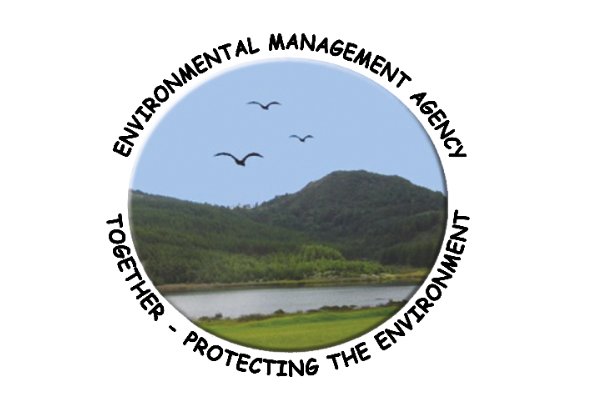The Environmental Management Agency (EMA), in its efforts to enforce responsible mining practices, is currently in talks with the government to introduce more punitive penalties for irresponsible miners who are damaging the environment.
By Ryan Chigoche
This development comes at a time when communities in the Great Dyke, Mashonaland West, and Mazowe have raised concerns about mining operations in their areas that are polluting rivers and extensively damaging the environment. According to community leaders, these activities pose a danger to both humans and livestock. The EMA has long highlighted that alluvial mining, particularly for gold, exposes water sources to toxic chemicals that are harmful to both humans and livestock.
In solidarity with the communities, the EMA has, over the years, responded by shutting down some operations and fining offenders. Still, these measures have not been sufficient to stop illegal mining practices. Currently, all miners in Zimbabwe are required to have an Environmental Impact Assessment (EIA). As per the gazetted fines, the maximum fine for violations is Level 14, which amounts to $5,000 USD.
However, communities affected by irresponsible small-scale mining are increasingly vocal about the inadequacy of the fines imposed by the EMA. They argue that the penalties for environmental violations are insufficient relative to the substantial financial gains derived from mining activities. In regions such as the Great Dyke, Mazowe District, Kadoma, and Masvingo, where mining operations have caused significant deforestation, water pollution, and land degradation, the community’s frustration stems from the perception that fines do not effectively deter harmful practices or compensate for the extensive environmental damage.
To address the issue, EMA Publicity Manager Amkela Sidange told Mining Zimbabwe that the agency is pushing for the introduction of more punitive fines for irresponsible miners to deter further environmental degradation and pollution.
“Members of the public need to understand that the fines we can prescribe are set by government regulations. When the public says we are not punishing enough, it often implies that our fines should be higher. In the ongoing review of our Environmental Management Act, which is our primary legislation, we are advocating for more punitive fines to deter further environmental degradation and pollution,” she said.
Last year, the EMA shut down and fined two lithium mines, TN Gold and Shengxiang Mining Investments, in Goromonzi District for allegedly operating without EIA certificates. Since December, Goromonzi District has seen an influx of artisanal miners searching for lithium ore, leading to significant environmental degradation, including massive deforestation and the creation of deep gullies where the mineral is being extracted.
Additionally, the EMA recently averted an environmental disaster in Guruve by clamping down on illegal chrome miners operating on ZIMASCO claims. These miners had shown little regard for environmental preservation. A recent chrome mining rush in the Hangaiwa area of Guruve was halted by a task force comprising the EMA and the police.
A survey conducted by the EMA last year across 49 illegal mining sites revealed that approximately 1,000 hectares had been degraded due to illegal mining. Another survey estimated that 100,000 hectares and 1,555 km of riverine ecosystems had been degraded nationwide due to illegal mining activities.
In response to the extensive land degradation and environmental damage, the government this week instituted an immediate ban on all forms of alluvial or riverbed mining.
Mining activities, particularly gold and diamond mining, have led to the loss of approximately 200,000 hectares of forest cover annually in Zimbabwe, according to a recent report by the Forestry Commission of Zimbabwe.
Zimbabwe, endowed with rich mineral resources, boasts a vibrant small-scale mining sector that significantly contributes to the country’s economy. Small-scale miners, often operating informally or with limited resources, are crucial for local livelihoods and national mineral output. However, many of these operations are conducted with little regard for environmental impacts, leading to severe consequences for Zimbabwe’s ecosystems and communities.
Apart from local artisanal miners, Chinese mining enterprises that have established a significant presence in Zimbabwe as part of China’s global resource acquisition strategy, particularly in Mashonaland West along the Great Dyke, are at the centre of this issue.
The China National Geological and Mining Corporation (CGM) was among the first major Chinese corporations to invest in Zimbabwe’s mining sector in 2004. Since then, Chinese companies have expanded into various mining sub-sectors, including gold, chrome, diamonds, and coal, and have also invested in related industries such as cement manufacturing.
While the China-Zimbabwe relationship remains politically crucial, with Zimbabwe viewing China as a trusted partner, communities living near Chinese mining activities have frequently criticized the environmental impacts of these operations.
.png)




